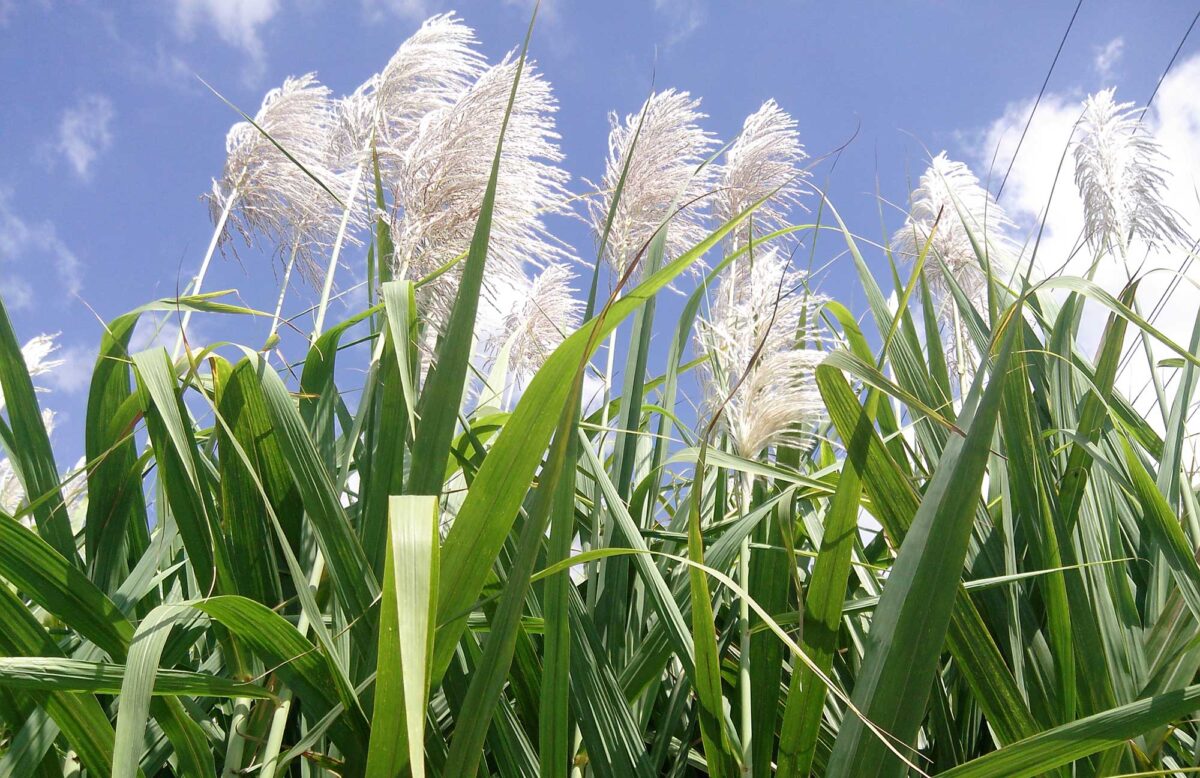Page snapshot: Quick facts about sugarcane: What it is, where it came from, how it is used, how it is grown, and where it is grown.
Topics covered on this page: What is sugarcane?; Where did sugarcane come from?; How is sugarcane used?; How is sugarcane grown?; Where is sugarcane grown?; Resources.
Credits: Funded by the National Science Foundation. Any opinions, findings, and conclusions or recommendations expressed in this material are those of the author(s) and do not necessarily reflect the views of the National Science Foundation. Page by Elizabeth J. Hermsen (2023).
Updates: Page last updated February 17, 2023.
Image above: Cultivated sugarcane plants in flower. Photo by Thamizhpparithi Maari (Wikimedia Commons, Creative Commons Attribution-ShareAlike 3.0 Unported license, image cropped and resized).
What is sugarcane?
Sugarcane is a tall tropical grass in the genus Saccharum that is grown for the sugar-rich juice in its stem.
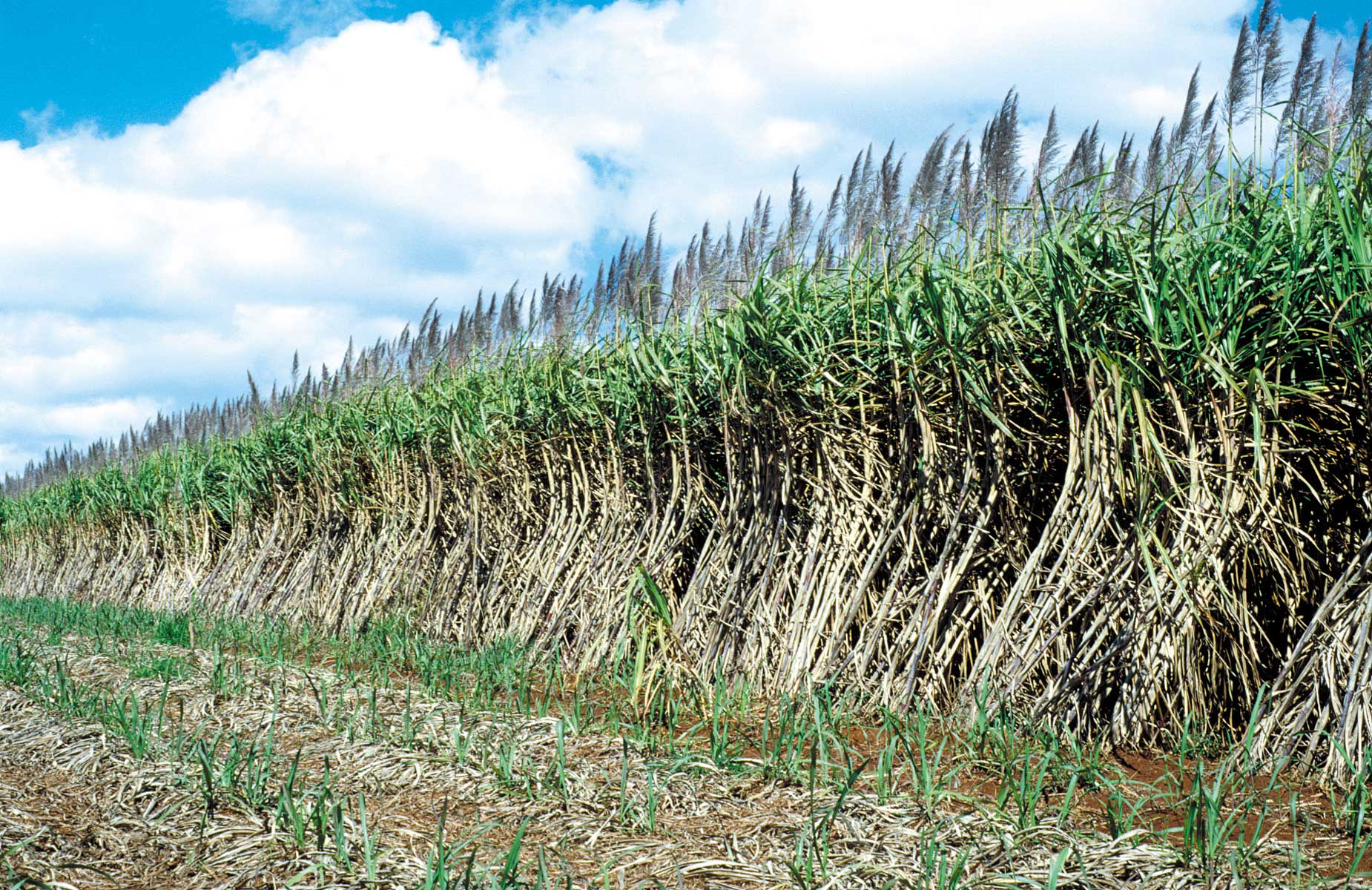
Sugarcane field, Queensland, Australia. Photo by Willem van Aken (Wikimedia Commons, Creative Commons Attribution-ShareAlike 3.0 Unported license, image resized).

Bundles of sugarcane that have been harvested standing near a food stall. Photo by Thamizhpparithi Maari (Wikimedia Commons, Creative Commons Attribution-ShareAlike 3.0 Unported license, image cropped and resized).
Where did sugarcane come from?
Scientists think that sugarcane was first domesticated on the island of New Guinea around 10,000 years ago. Modern cultivated sugarcanes are hybrids of noble cane (Saccharum officinarum), the species originally domesticated in New Guinea, and other species of domesticated and wild sugarcanes from Asia and Oceania.
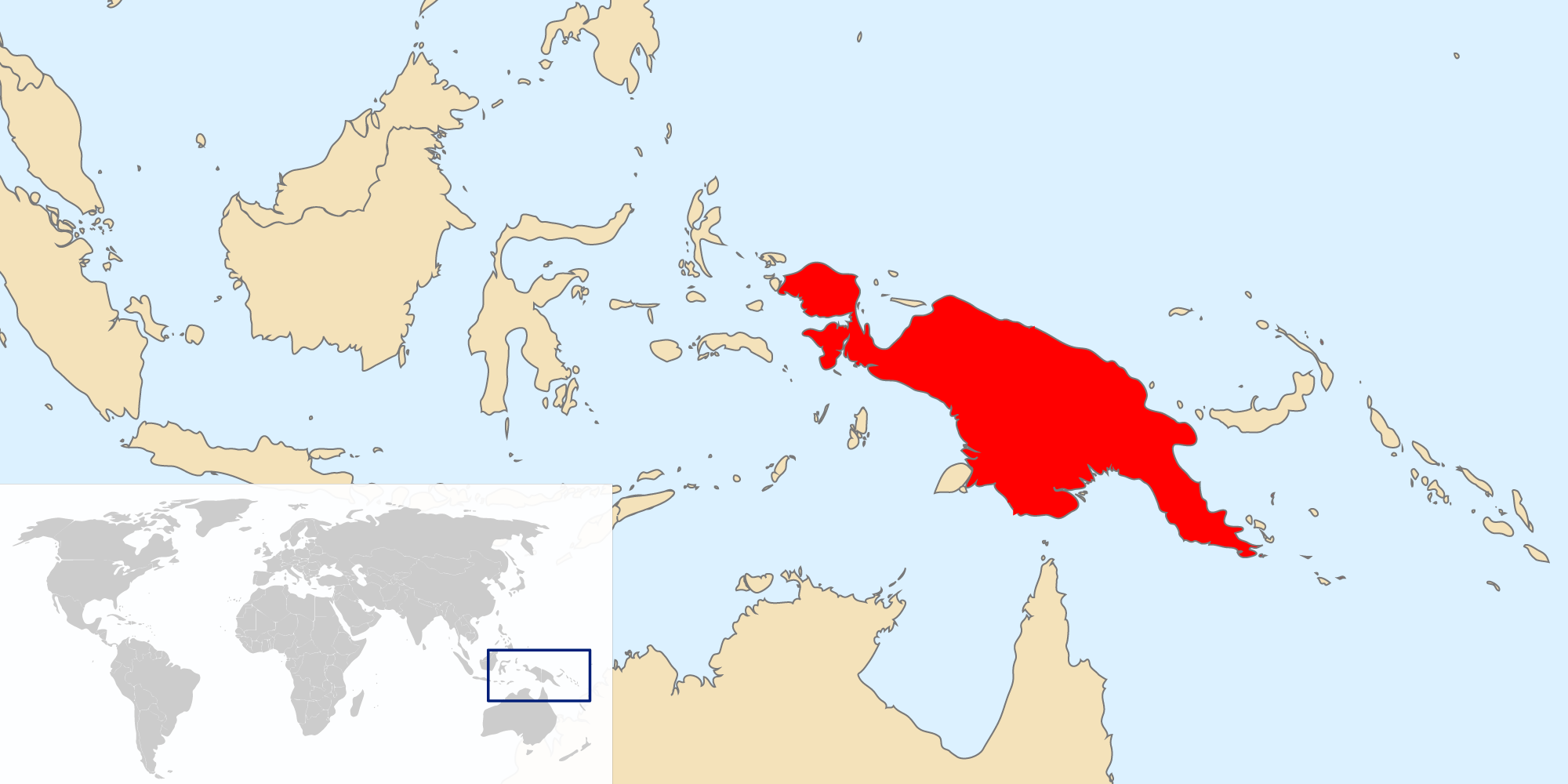
Map showing the location of New Guinea. Map by Abhijitsathe, Ras67, adn Androl (Wikimedia Commons, Creative Commons Attribution-ShareAlike 3.0 Unported license, image cropped and resized).
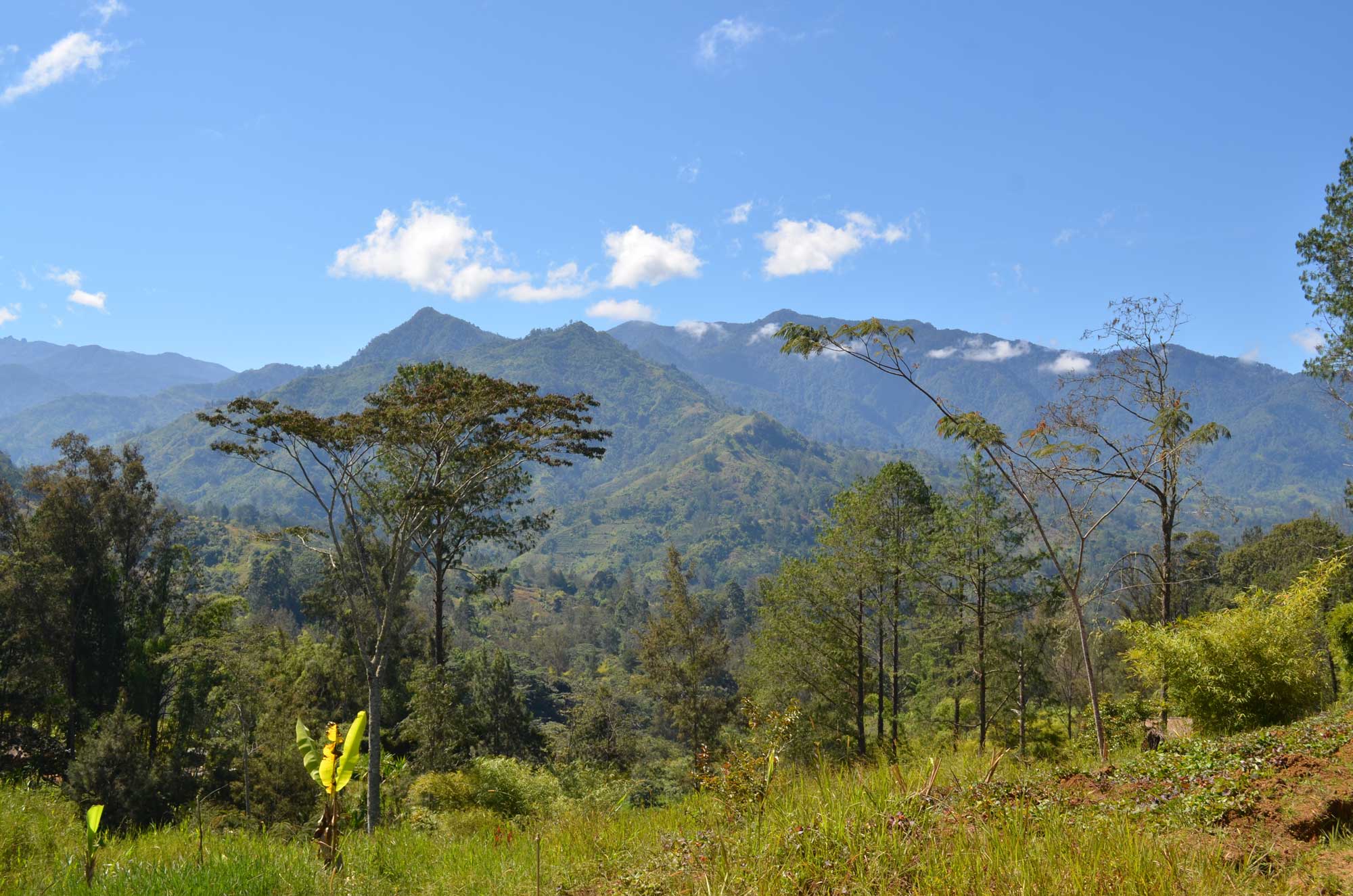
Landscape of New Guinea, 2010. Photo by eGuide Travel (flickr, Creative Commons Attribution 2.0 Generic license, image resized).
How is sugarcane used?
Sugarcane is cultivated as a source of sucrose, the type of sugar that makes up crystalline refined sugar (also called table sugar or white sugar). The sucrose in sugarcane accumulates in the stem of the plant (the cane), which is crushed or ground to extract the sugary juice. In small quantities, the juice is prepared and drunk fresh. Most sugarcane, however, is processed to produce sugar and/or other products, like cane syrup and molasses. Sugarcane juice and molasses can be fermented to produce ethanol, which is used to make alcoholic beverages like rum and also ethanol-based biofuels. The fibrous parts of the sugarcane stem, called bagasse, are often burned in sugar mills and biofuel plants to provide energy. Sugarcane products and the byproducts of sugarcane processing have a variety of other agricultural and industrial uses.

Cane sugar or white sugar. Photo by Fritzs (Wikimedia Commons, Creative Commons Attribution-ShareAlike 3.0 Unported license, image resized).
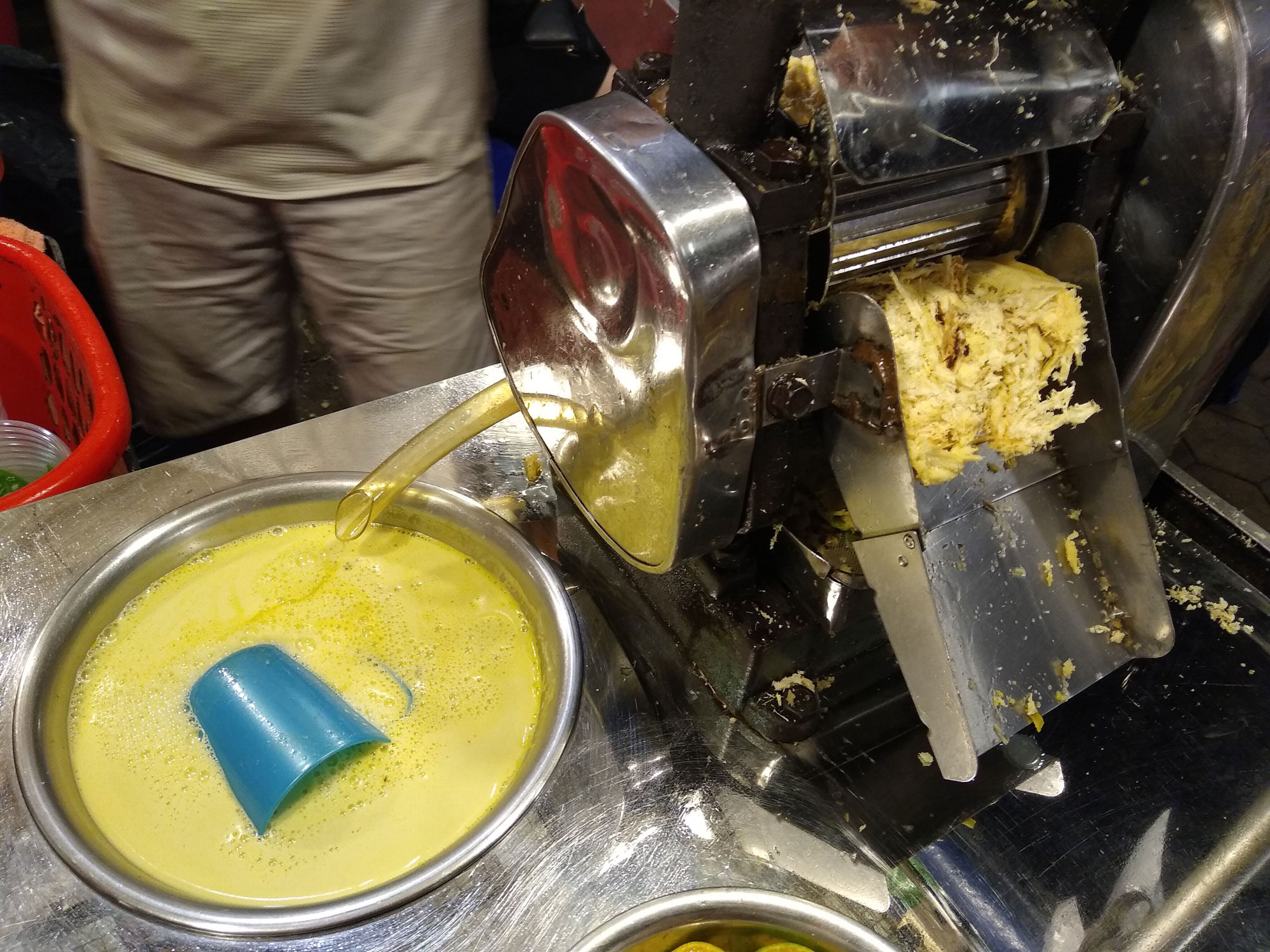
Fresh sugarcane juice, Phnom Penh Night Market, Cambodia. Photo by Mx. Granger (Wikimedia Commons, CC0 1.0 Universal/Public Domain Dedication).
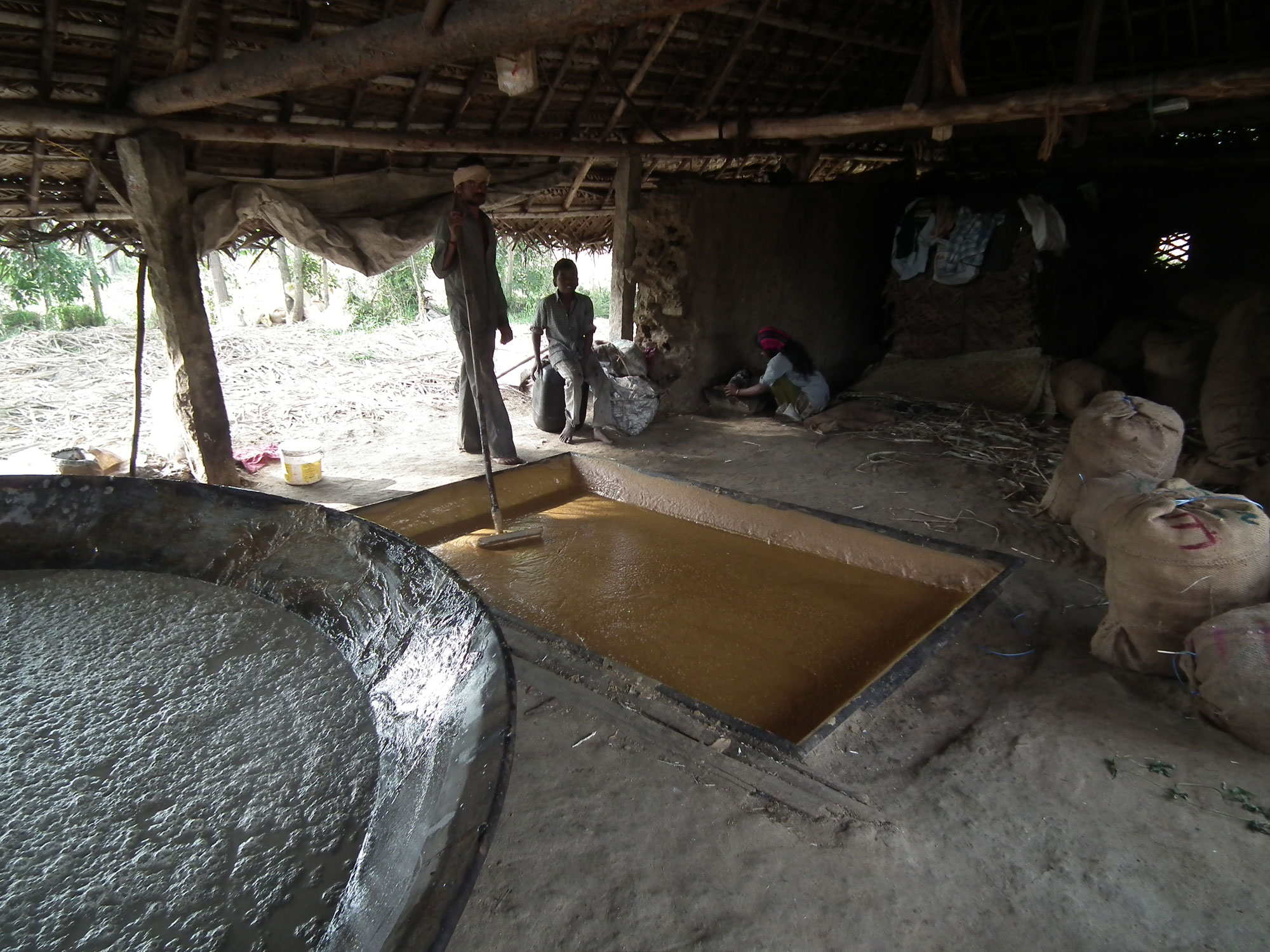
People making jaggery, a traditional type of minimally processed sugar, in Marayoor, India. Sugarcane syrup is cooking in the pan in the lower left corner, whereas syrup that has been thickened by evaporation is in the rectangular pan in the floor at the center. Photo by Rameshng (Wikimedia Commons, Creative Commons Attribution-ShareAlike 3.0 Unported license, image resized).
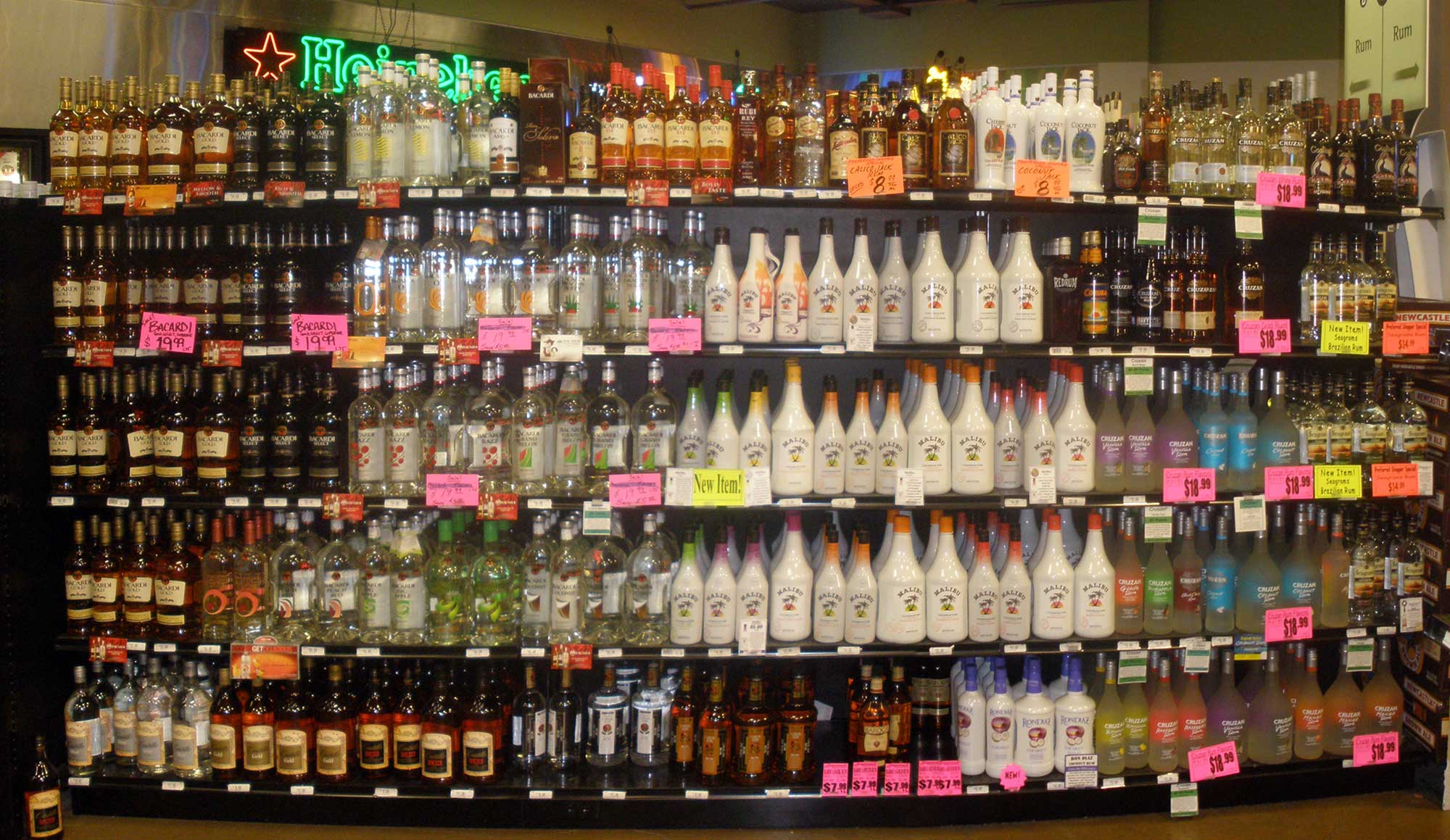
Rum display at a liquor store, U.S.A. Photo by O'Dea (Wikimedia Commons, Creative Commons Attribution-ShareAlike 4.0 International license, image cropped and resized).

A fuel pump that can dispense both gas and sugarcane-derived ethanol, Sao Paulo, Brazil. Photo by Mariordo/Mario Roberto Duran Ortiz (Wikimedia Commons, Creative Commons Attribution-ShareAlike 3.0 Unported license, image resized).

A bagasse bailing machine, Hainan, China. Photo by Anna Frodesiak (Wikimedia Commons, CC0 1.0 Universal/public domain dedication).
How is sugarcane grown?
Like other grass crops, sugarcane is grown in cultivated fields. Unlike grasses grown for grain, sugarcane is grown from stems or pieces of stems to produce clones of previous crops. Sugarcane may be grown as a perennial crop, meaning that it is harvested and then the plants are allowed to regenerate to produce one or more additional crops before the crop must be replanted. Because sugarcane is not grown for grain, pollination is not important to crop yield.
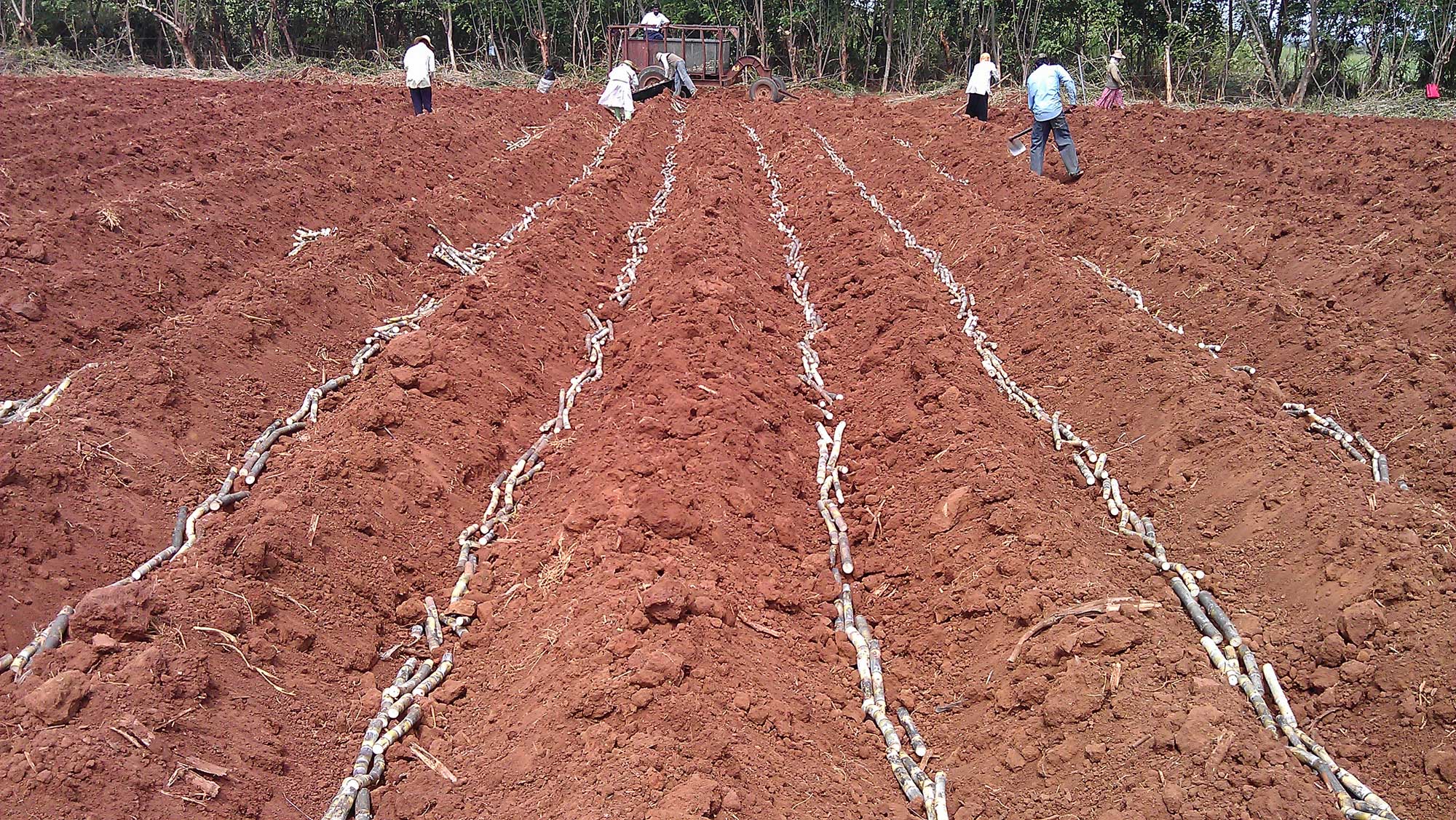
People planting billets (pieces of sugarcane stem) in furrows, Sevangala, Sri Lanka, 2012. Photo by Ebaran (Wikimedia Commons, Creative Commons Attribution-ShareAlike 3.0 Unported license, image resized).

A field of sugarcane, Alagoas, Brazil, 2021. Photo by Otávio Norgueria (Wikimedia Commons, Creative Commons Attribution 2.0 Generic license, image resized).
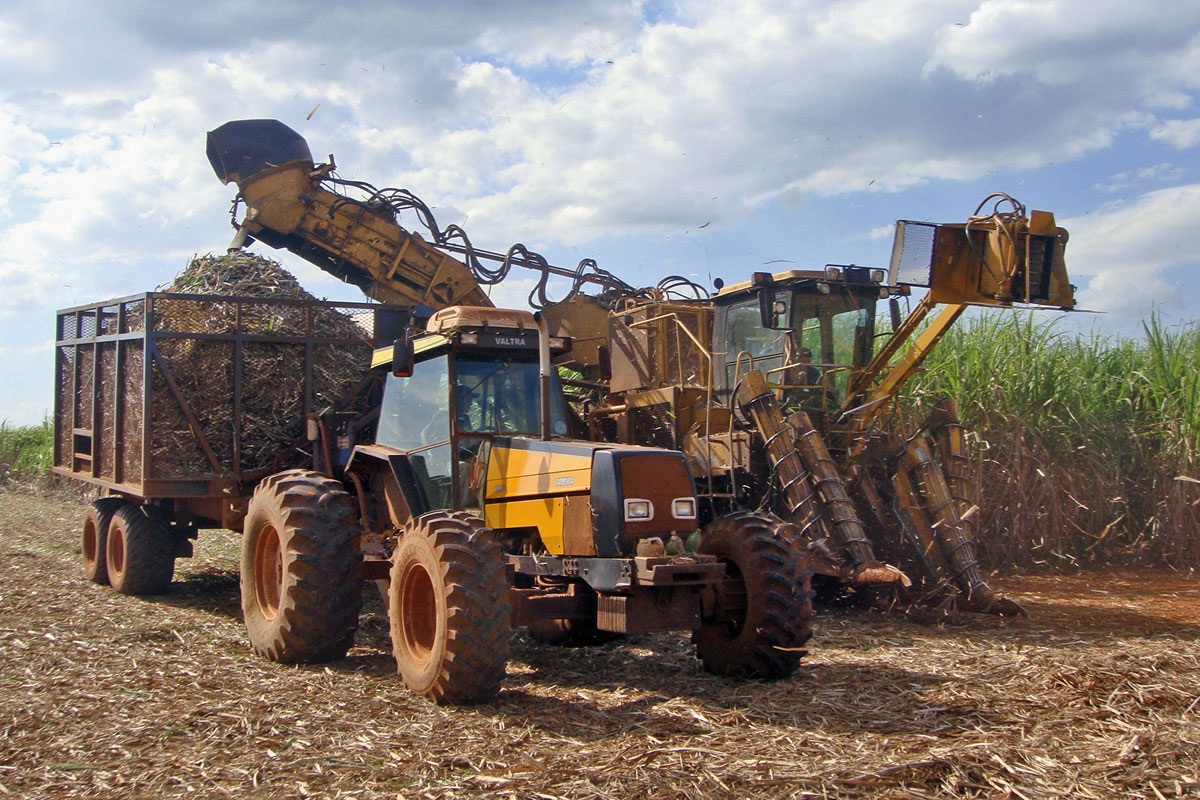
Sugarcane harvesting, Piracicaba, Sao Paulo, Brazil. Photo by Mariordo/Mario Roberto Duran Ortiz (Wikimedia Commons, Creative Commons Attribution-ShareAlike 3.0 Unported license, image resized).
Where is sugarcane grown?
Sugarcane is cultivated in the tropics to subtropics, because sugarcane cannot withstand winter freezes and takes a relatively long time (often a year or more) to reach the harvest stage. Today, sugarcane is the world's number one commodity crop, followed by maize. The top producers are Brazil and India, followed by China, Pakistan, Thailand, and Mexico. In the United States, sugarcane is currently grown commercially in Florida, Louisiana, Texas, and Hawai'i.

World map of sugarcane production in 2020 by country. Map from Our World in Data (Creative Commons Attribution 4.0 International license, image resized).
Resources
Articles
Benedict, L. F. 2005. Planting sugarcane: Whole stalks versus billets. LSU AgCenter, May 31, 2005. https://www.lsuagcenter.com/portals/communications/publications/agmag/archive/2001/fall/planting-sugarcane-whole-stalks-versus-billets
Books
Hogarth, M., and P. Allsopp (eds.). 2000. Manual of canegrowing. Fergies Printers, Brisbane. Free online version: https://elibrary.sugarresearch.com.au/handle/11079/15541
Levetin, P., and D. S. McMahon. 2016. Plants and Society, 7th ed. McGraw Hill Education, New York.
Simpson, B. B., and M. C. Ogorzaly. 2001. Economic botany, plants in our world, 3rd ed. McGraw Hill Higher Education, New York, New York.
Stewart, Amy. 2013. The Drunken Botanist. Algonquin Books of Chapel Hill, Chapel Hill, North Carolina.



